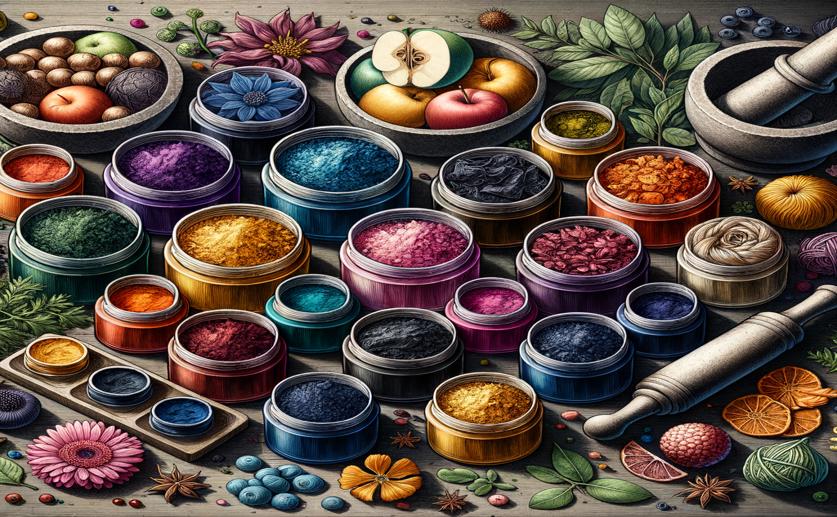
Eco-Friendly Plant Dyes for Food Safety and Skin Treatments
Greg Howard
22nd May, 2024

Image Source: Natural Science News, 2024
Key Findings
- The study by Ibrahim Badamasi Babangida University explored the use of natural dye extracts for food safety through photodynamic inactivation (PDI)
- Dye extracts from Curcuma longa and Lawsonia inermis showed strong potential for broad-spectrum antimicrobial activity
- The effectiveness of these dye extracts is influenced by the pH and composition of the solution they are in
References
Main Study
1) Photostability and photodynamic antimicrobial profile of dye extracts from four (4) plants: prospects for eco-friendly low-cost food disinfection and topical biomedical applications.
Published 21st May, 2024
https://doi.org/10.1007/s43630-024-00585-8
Related Studies
2) Perspectives and Trends in the Application of Photodynamic Inactivation for Microbiological Food Safety.
3) The application of photodynamic inactivation to microorganisms in food.
4) Potential of a methanolic extract of Lawsonia inermis (L.) leaf as an alternative sanitiser in the time of COVID-19 Pandemic and beyond.



 12th April, 2024 | Jenn Hoskins
12th April, 2024 | Jenn Hoskins